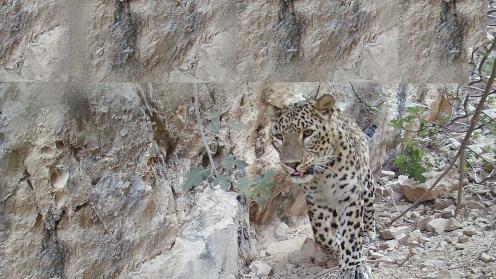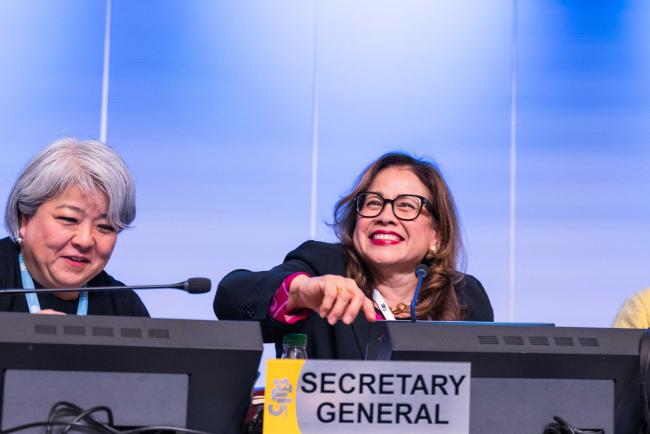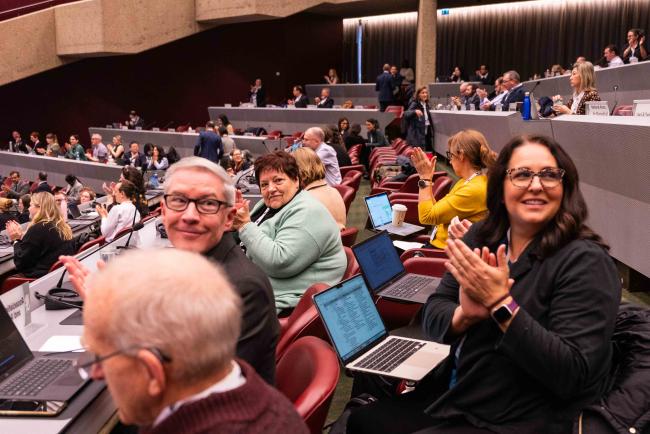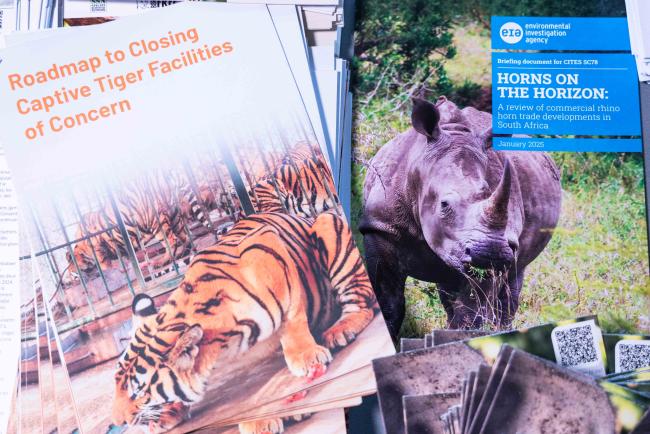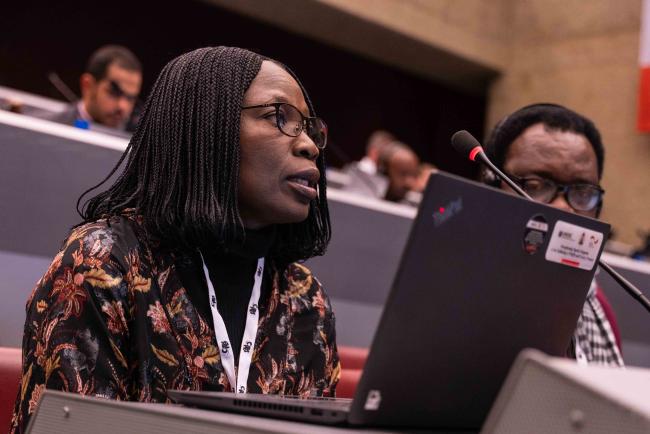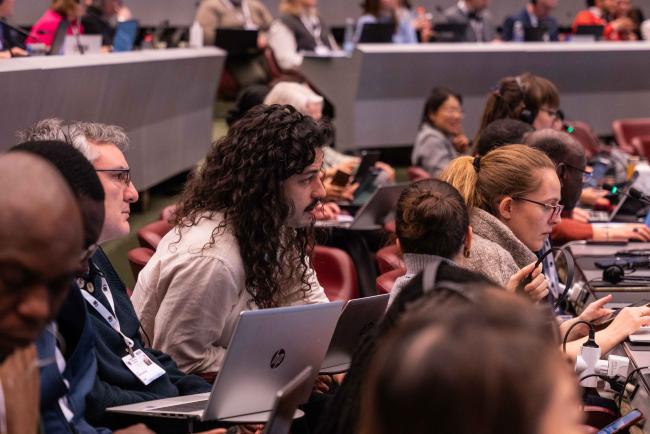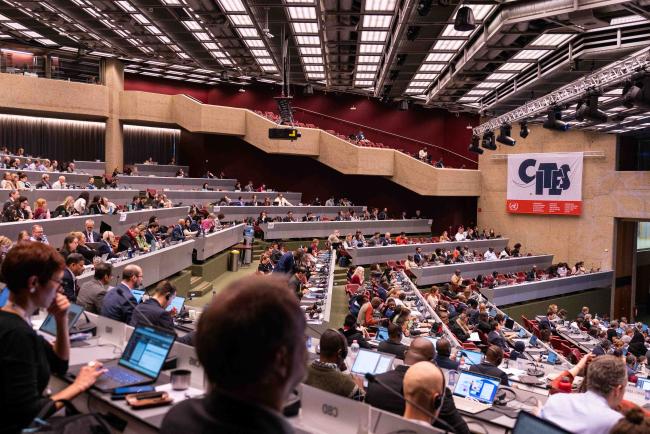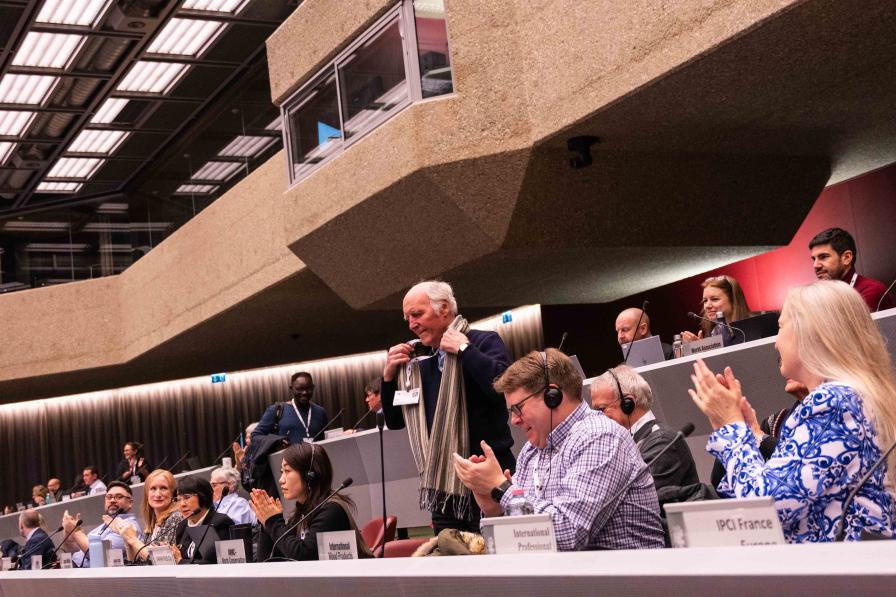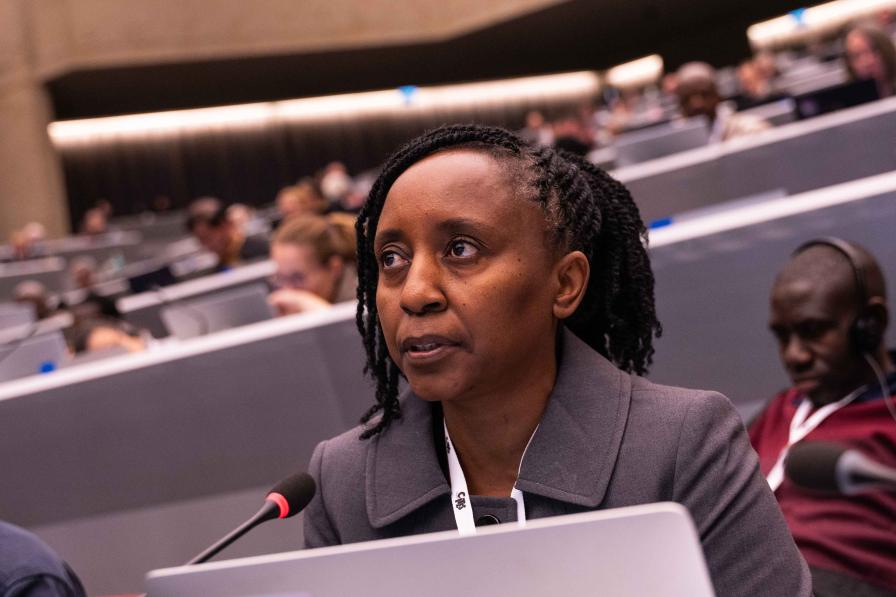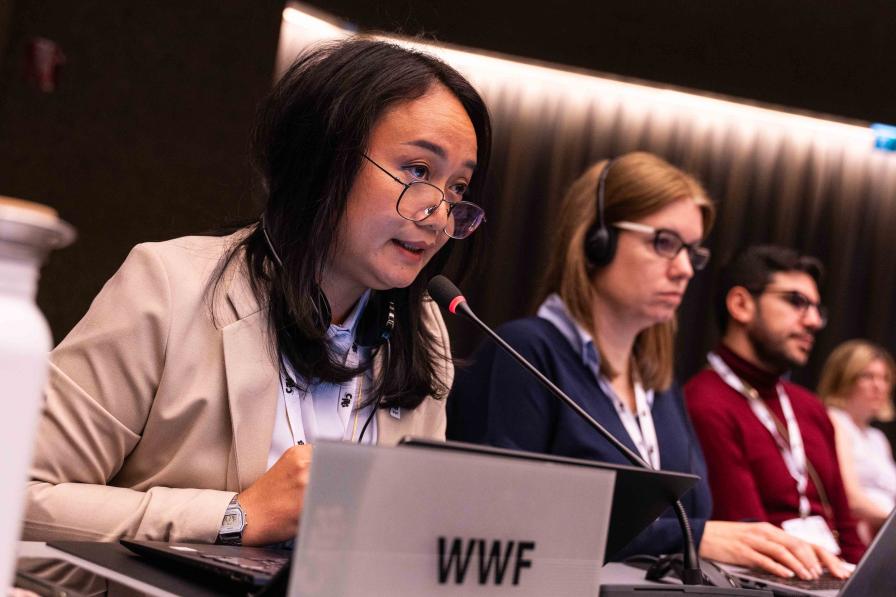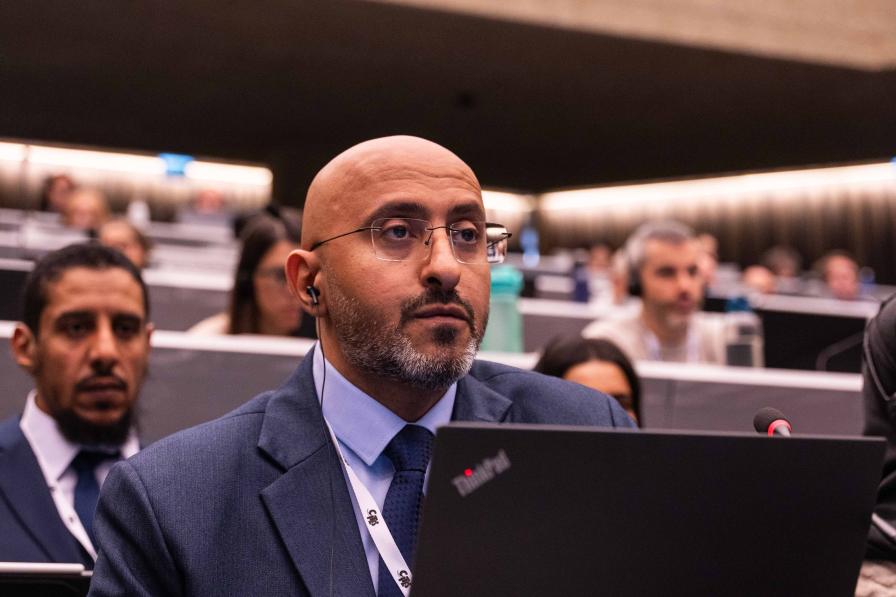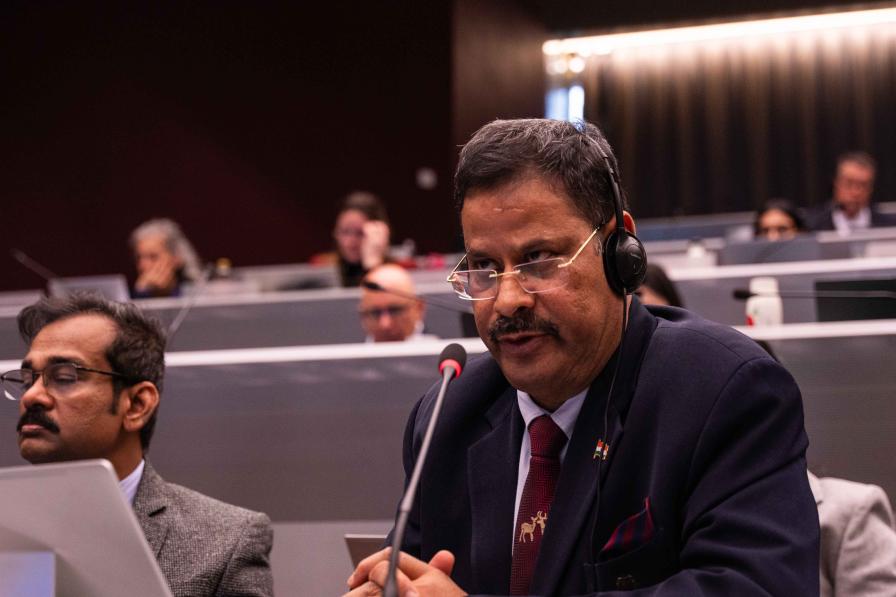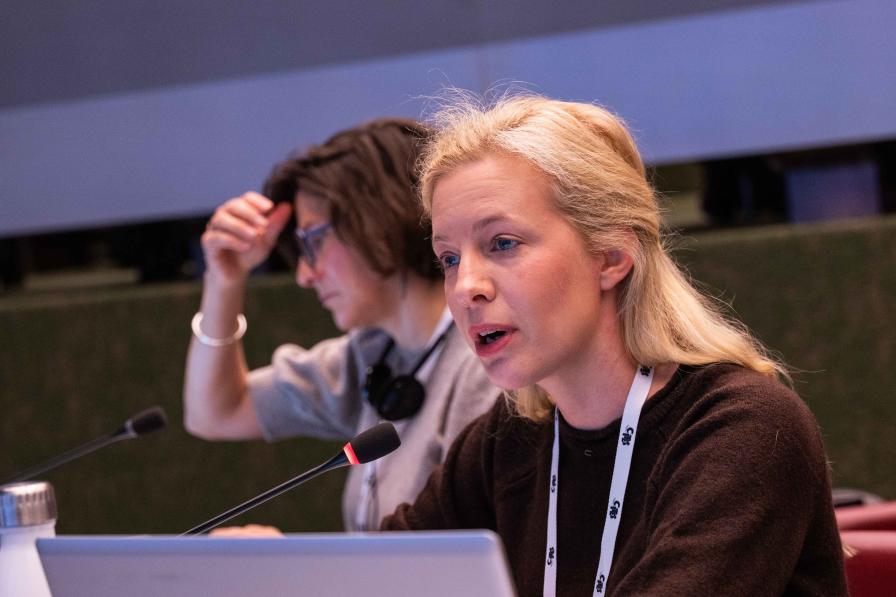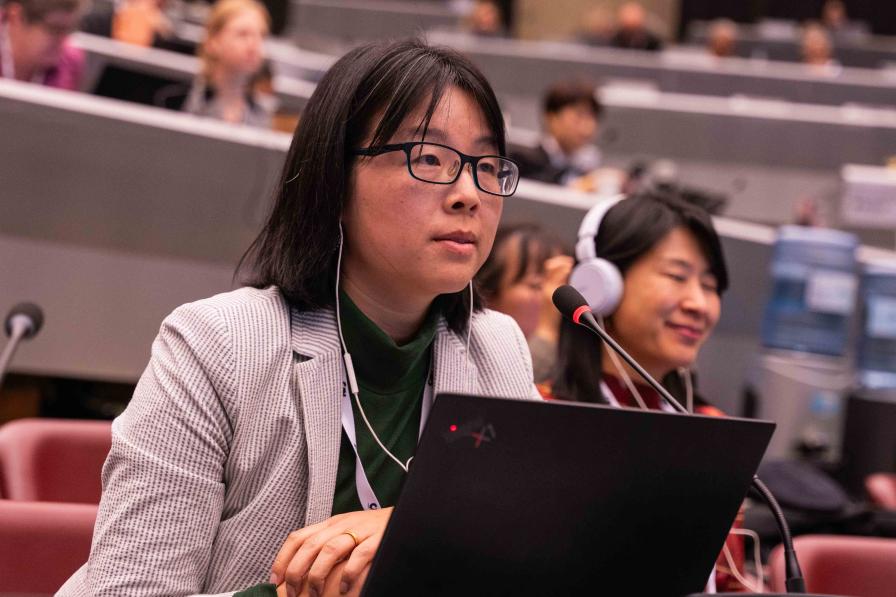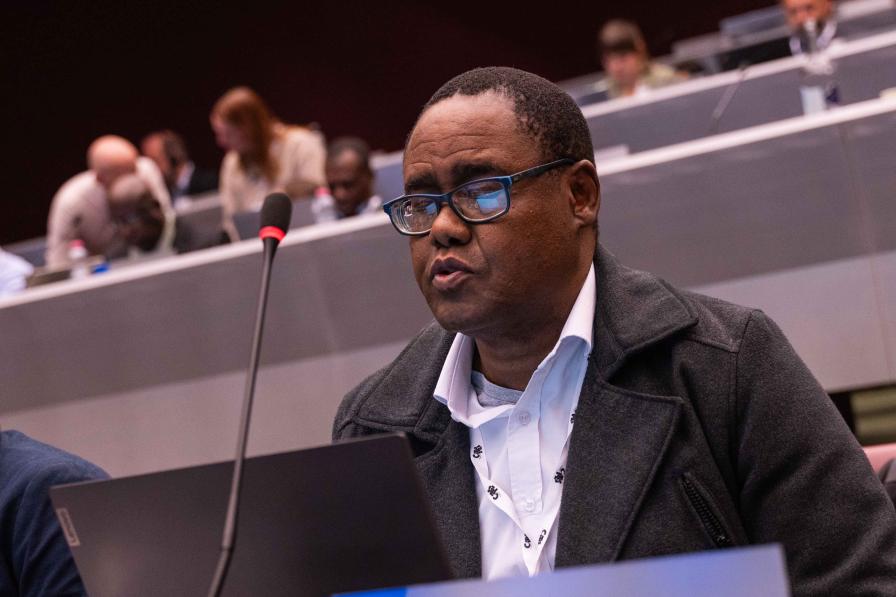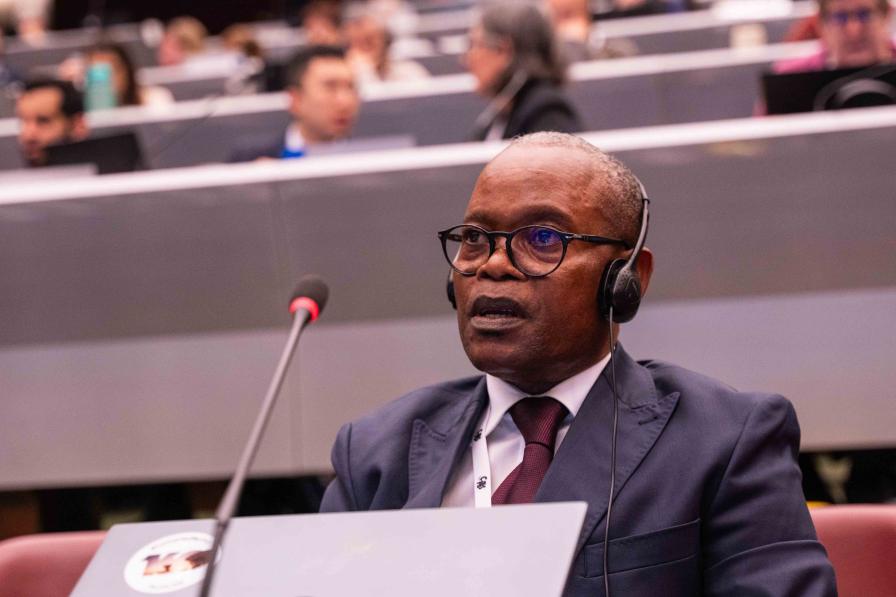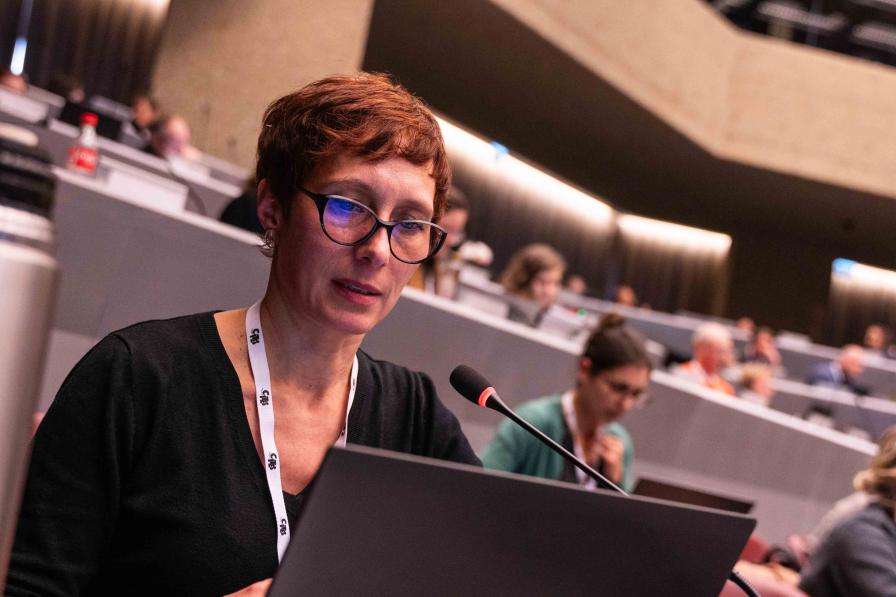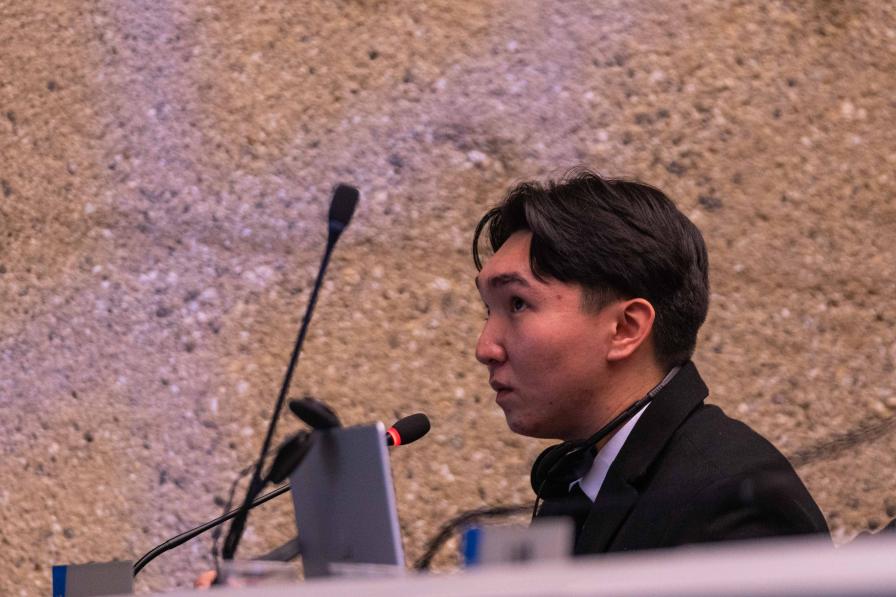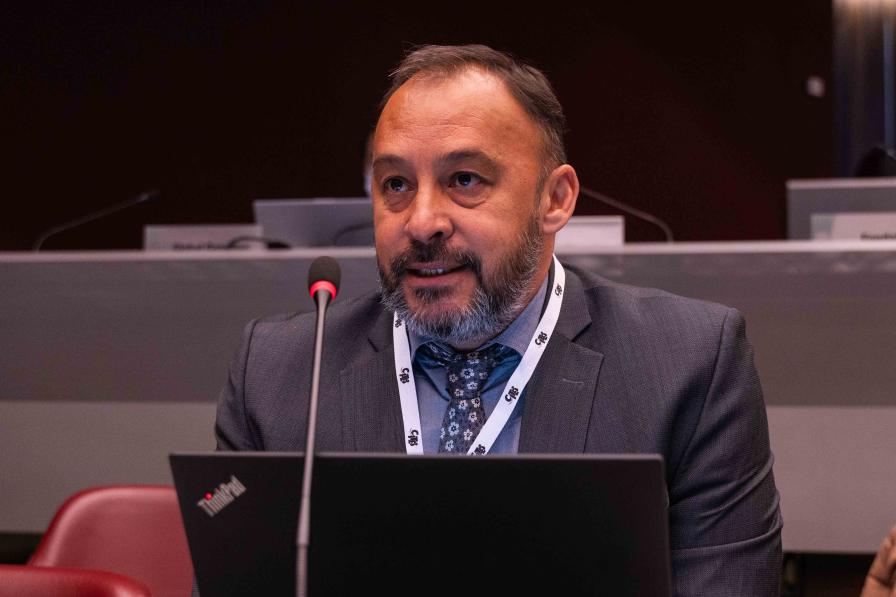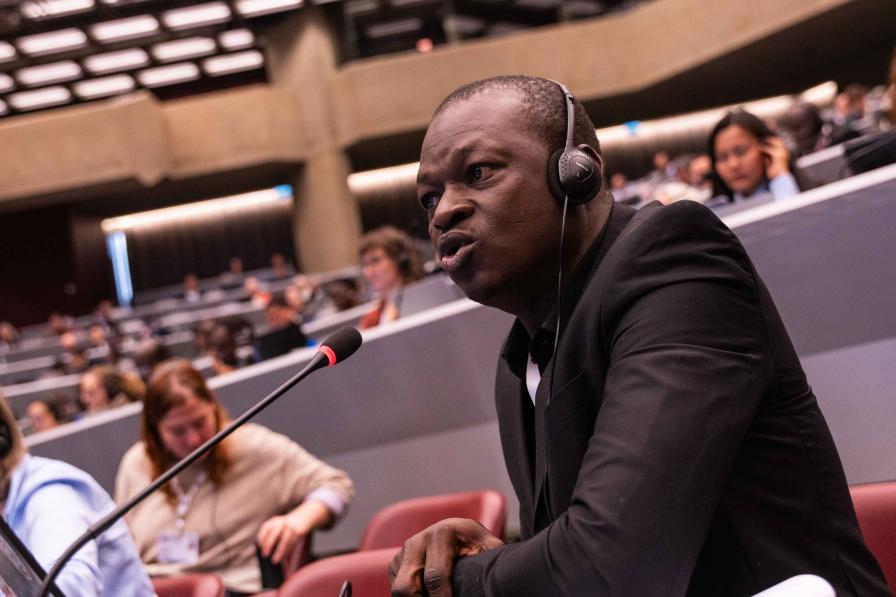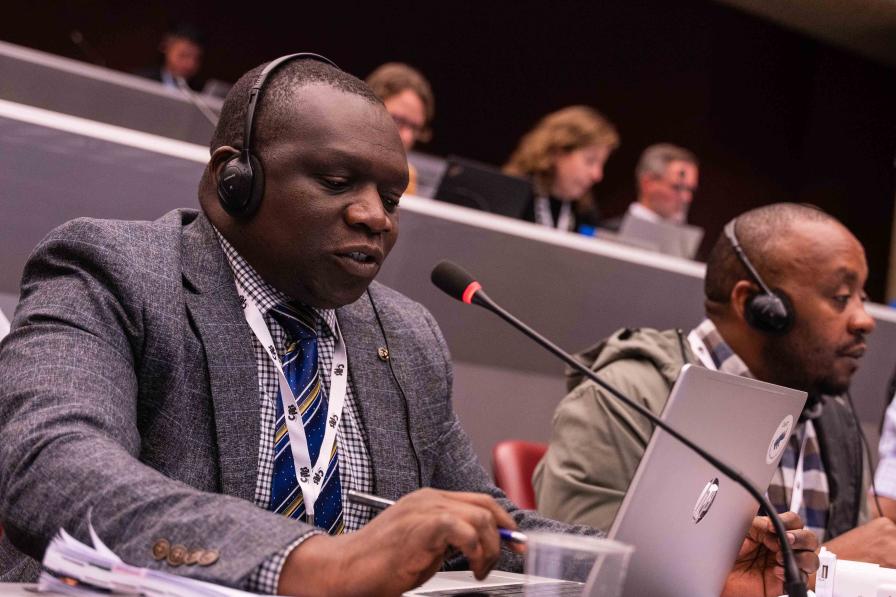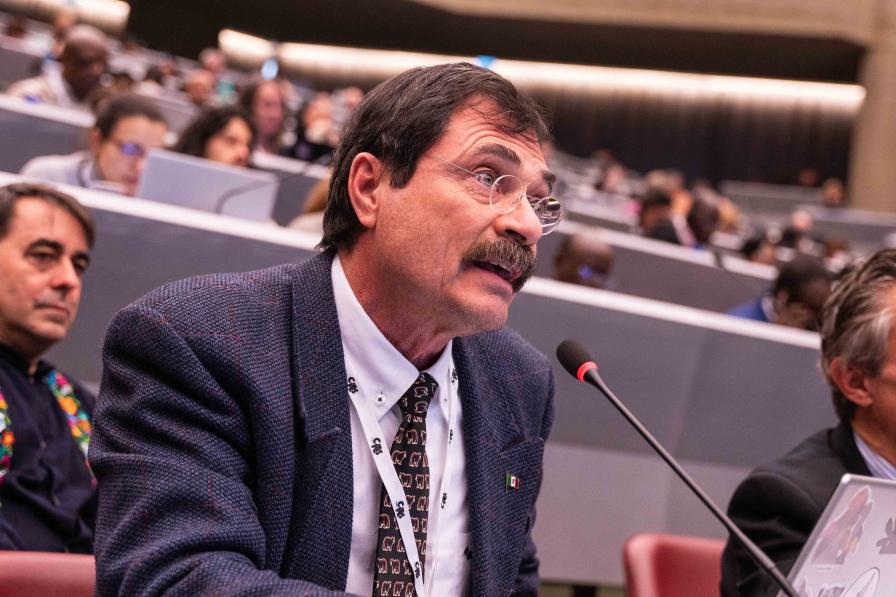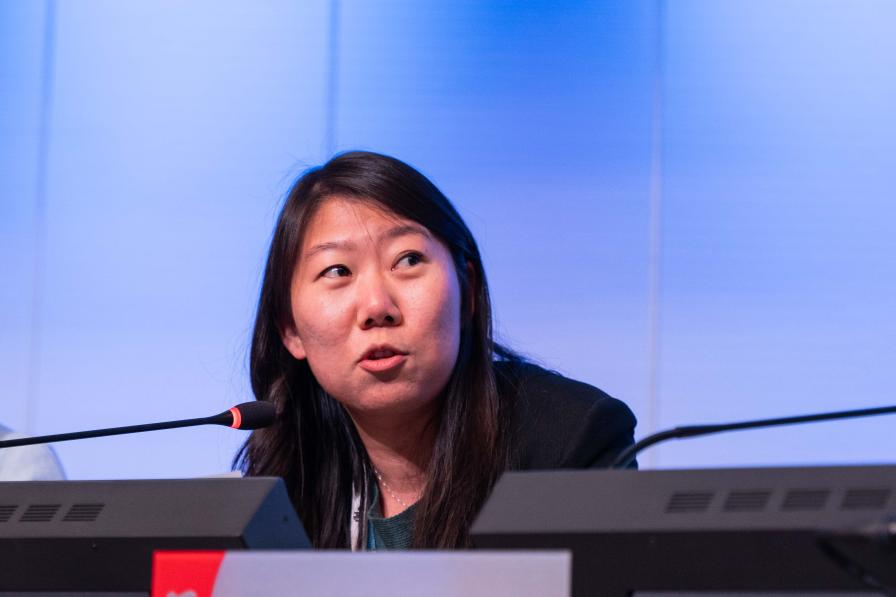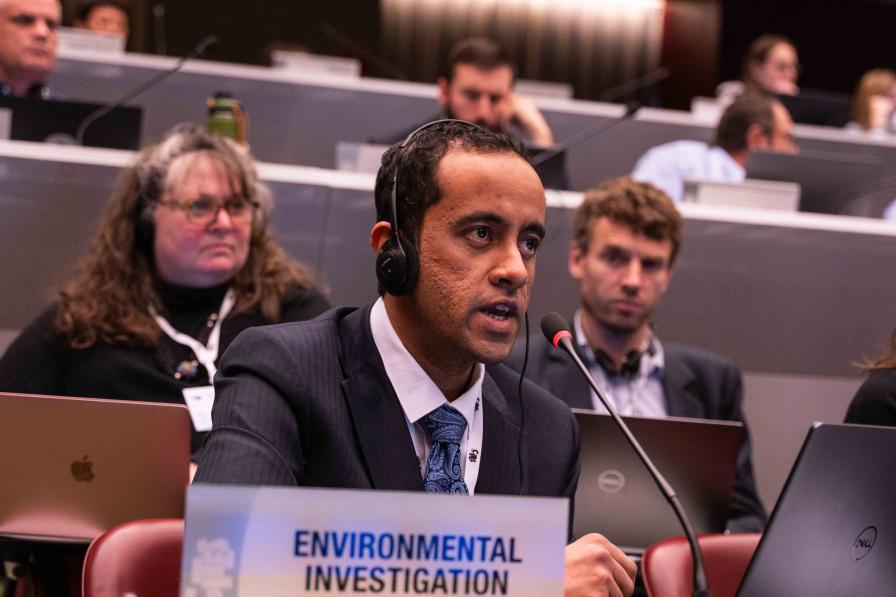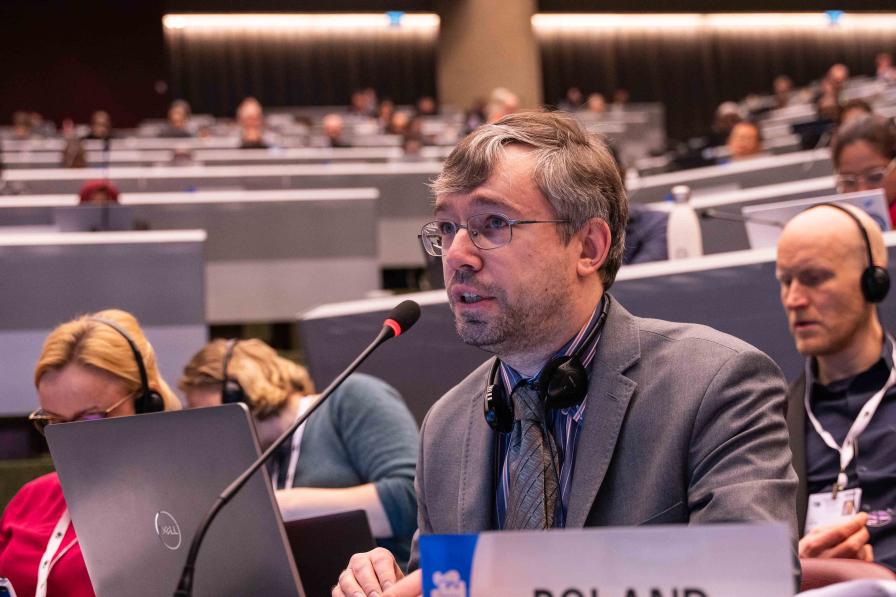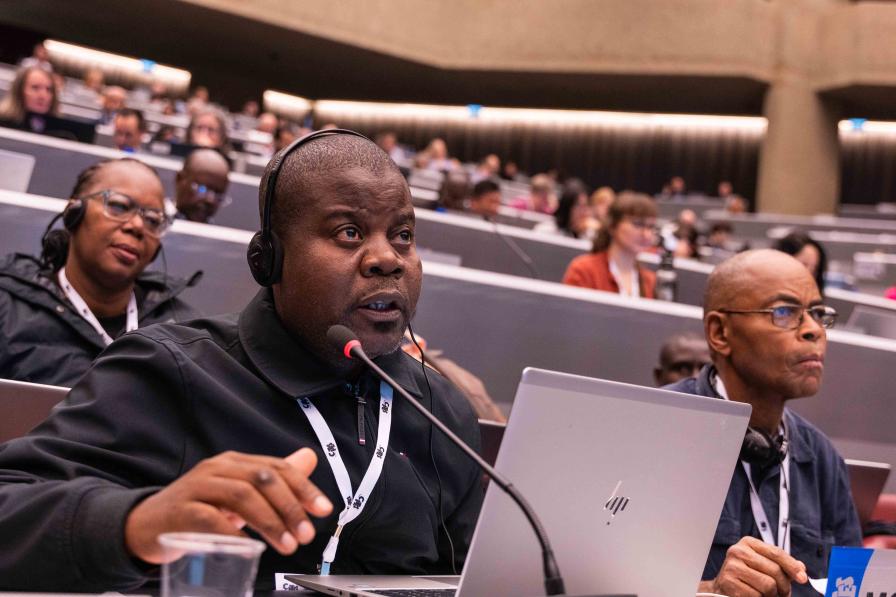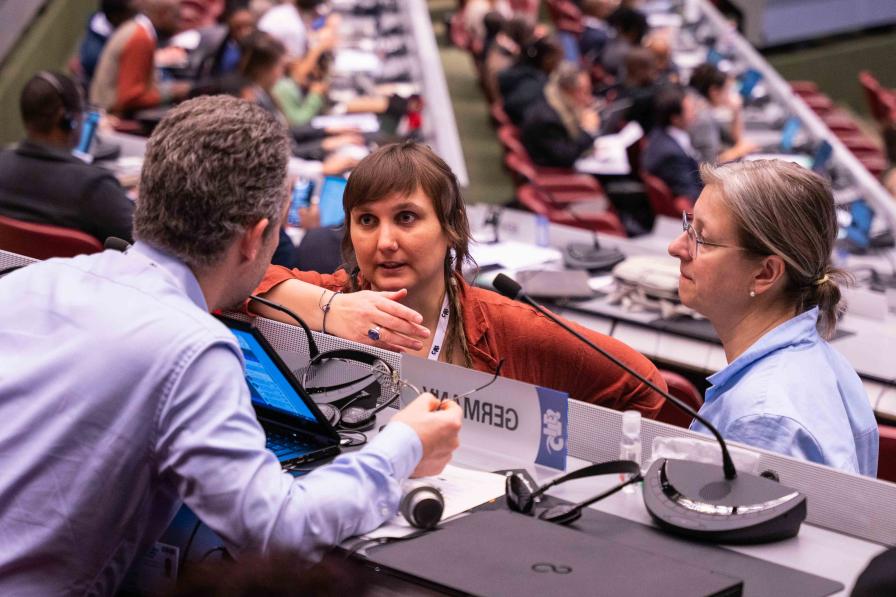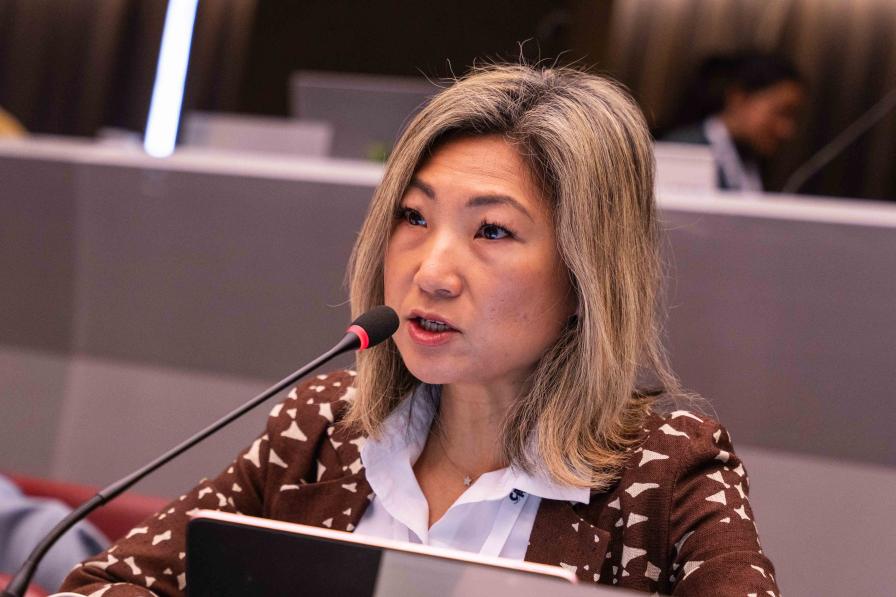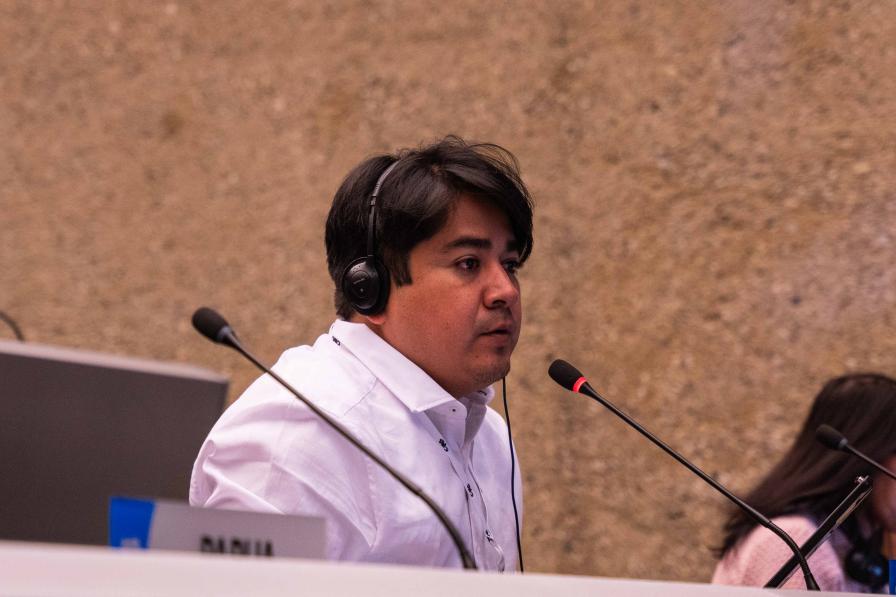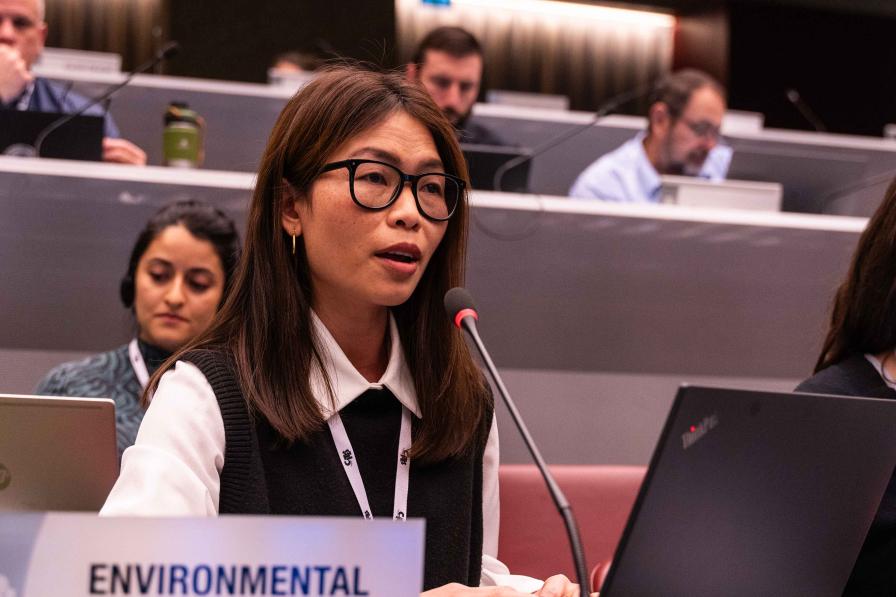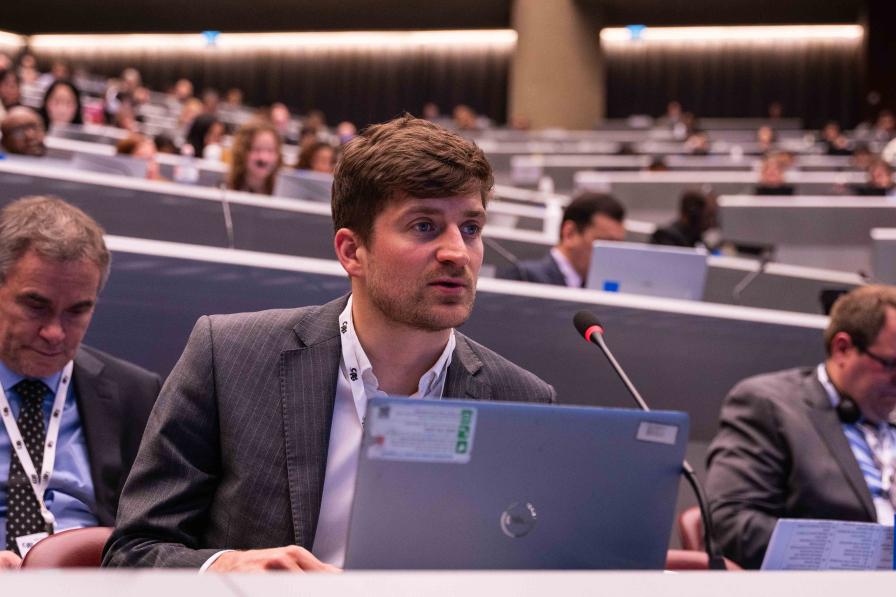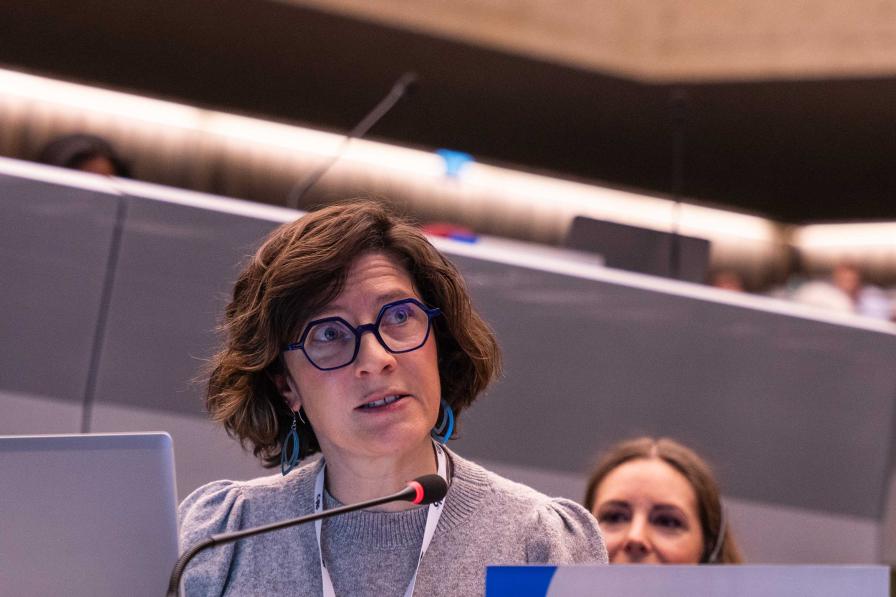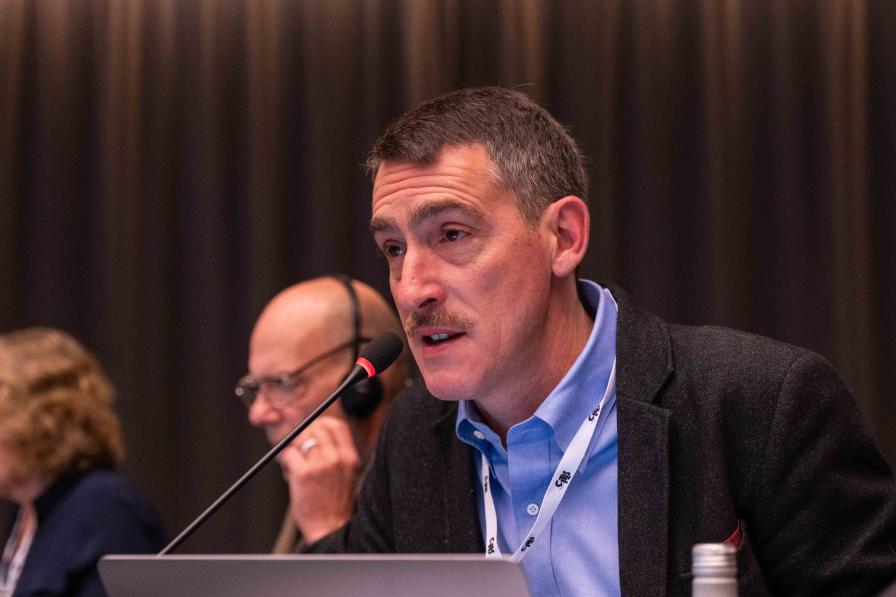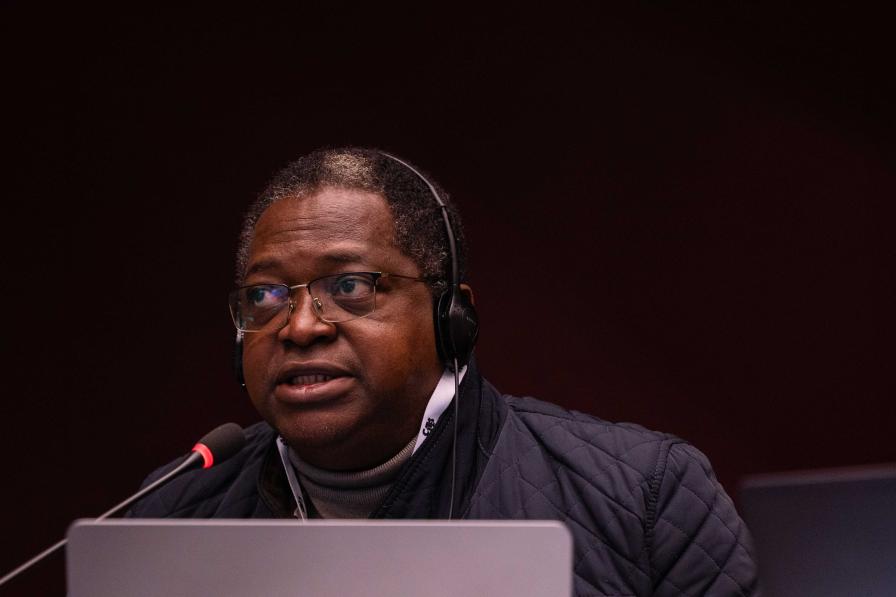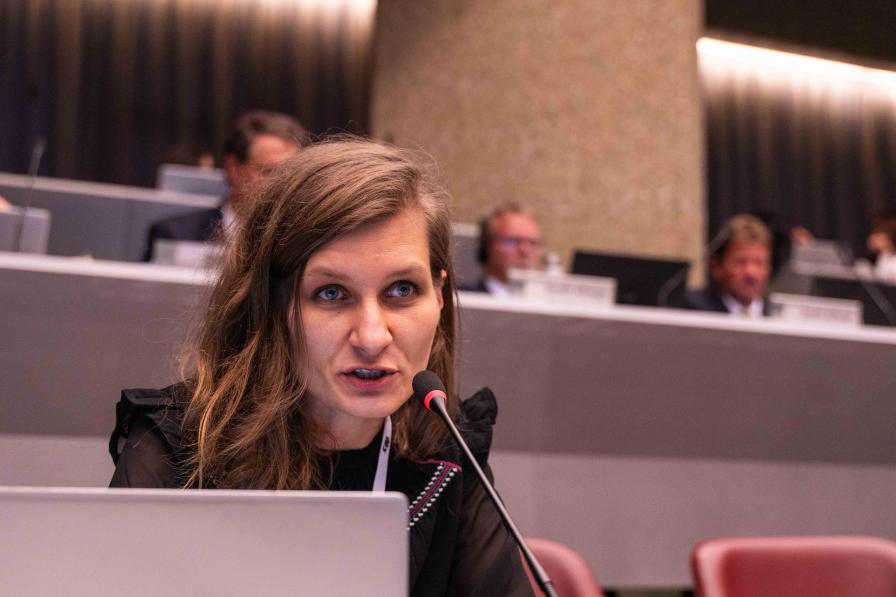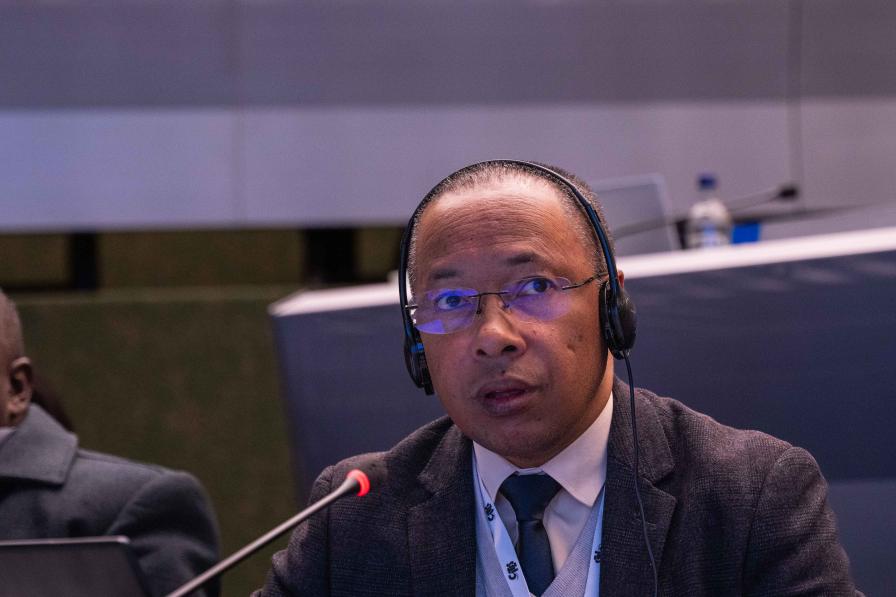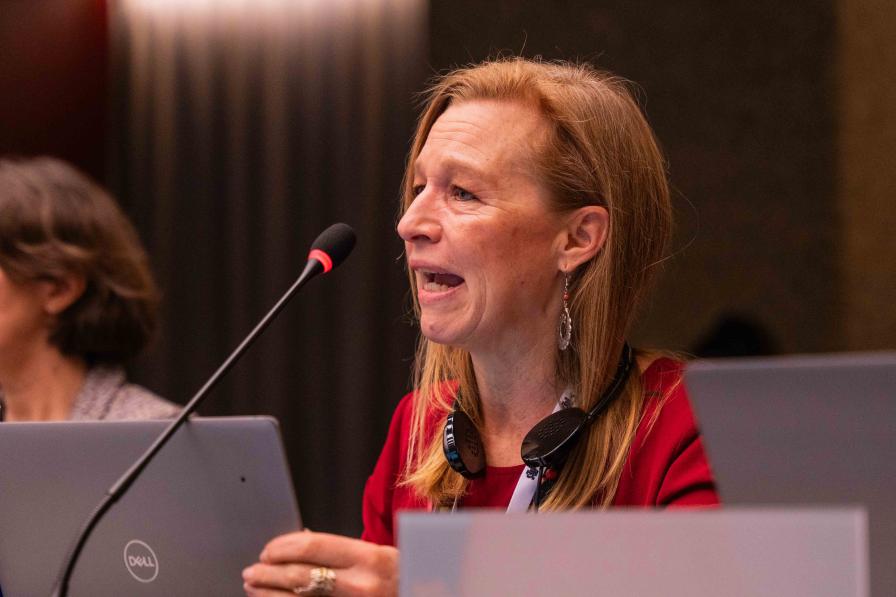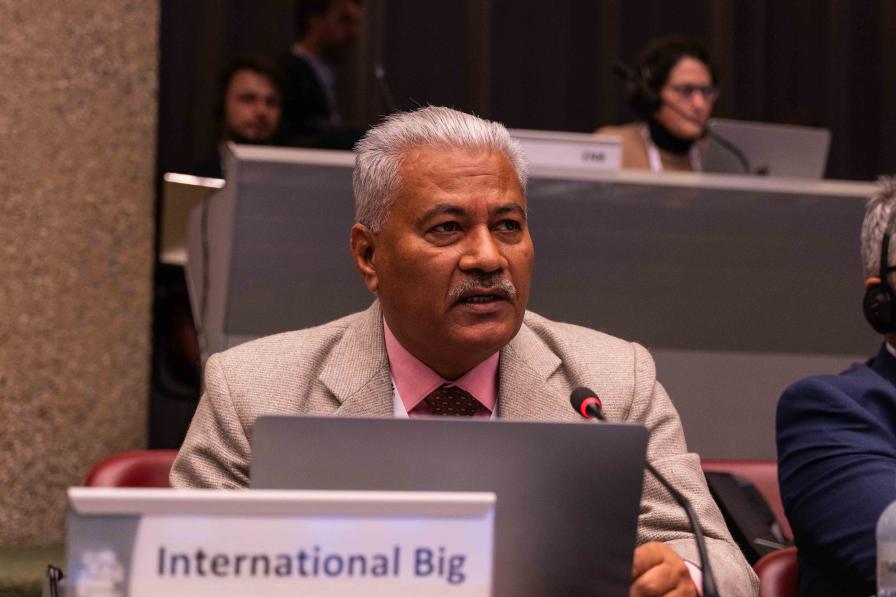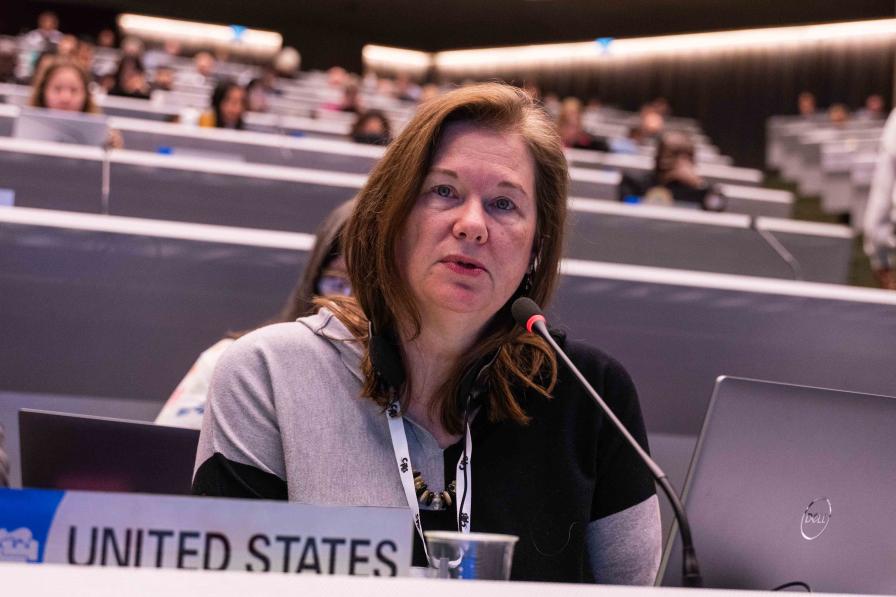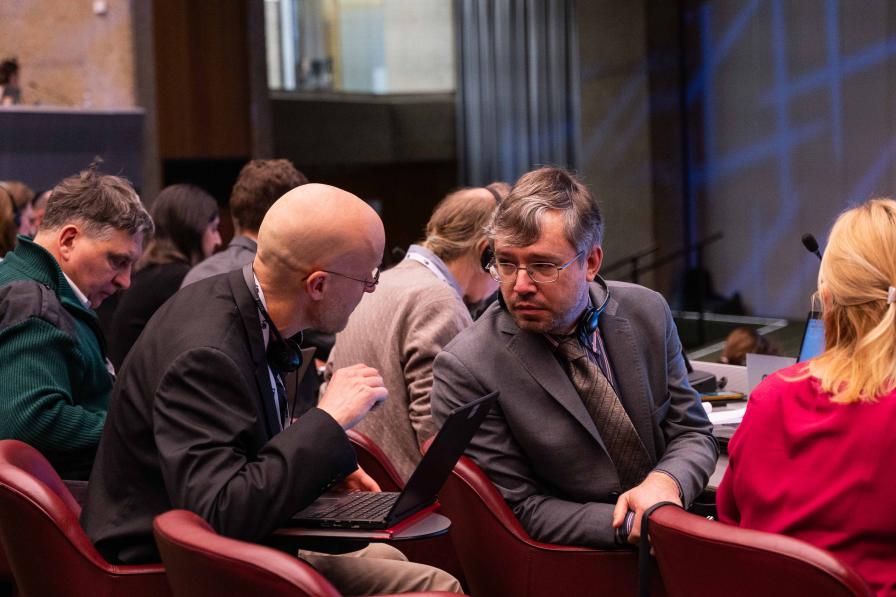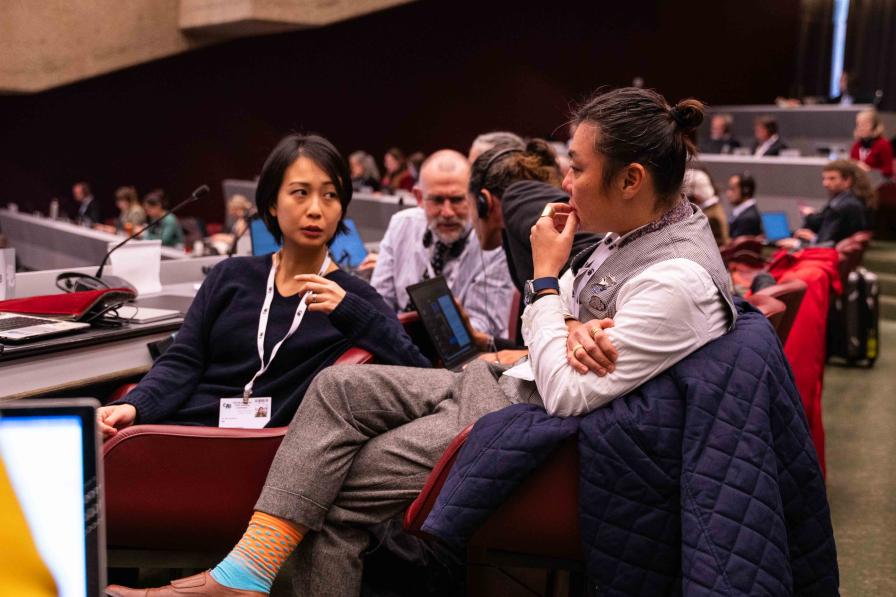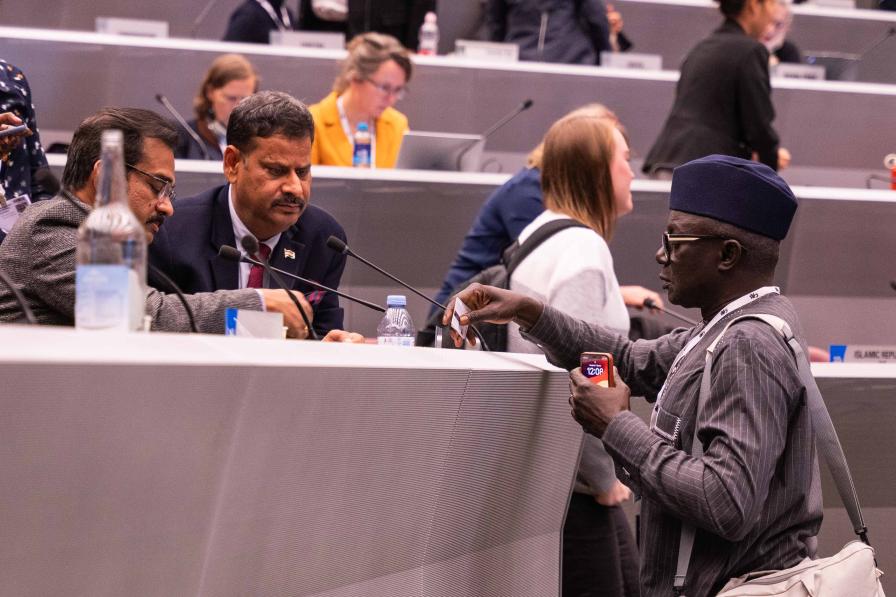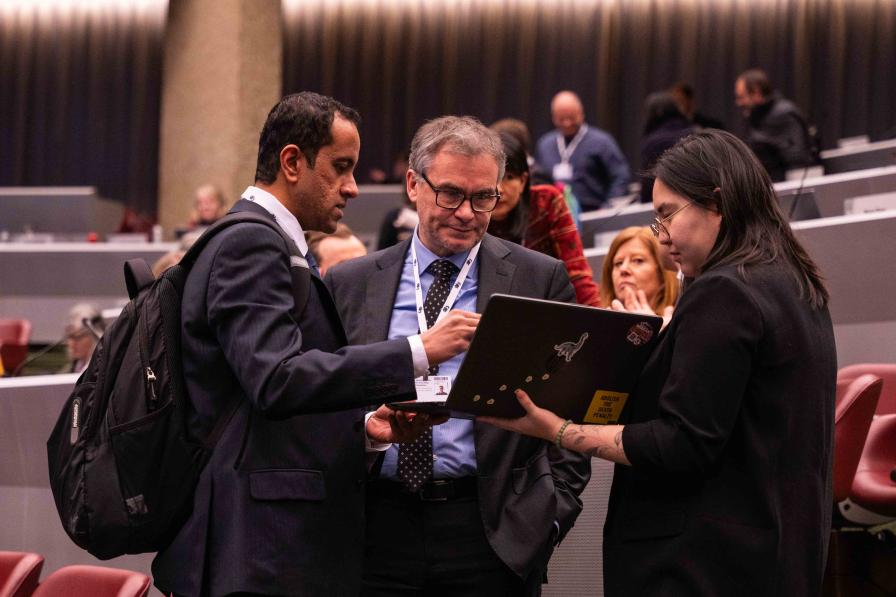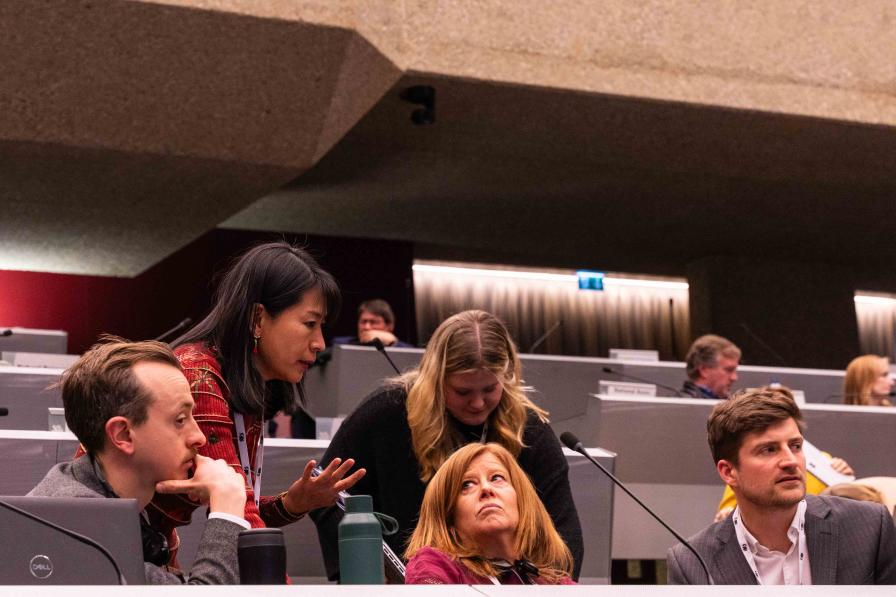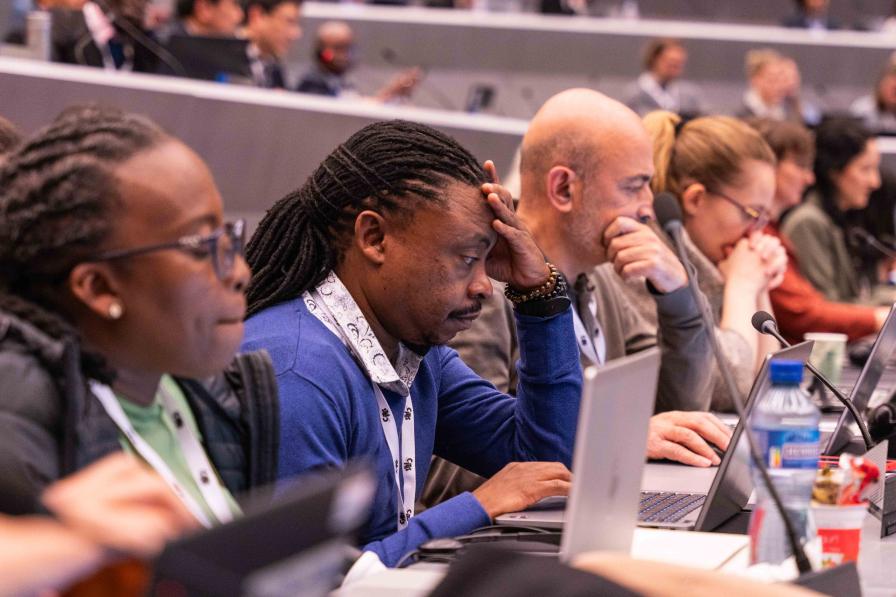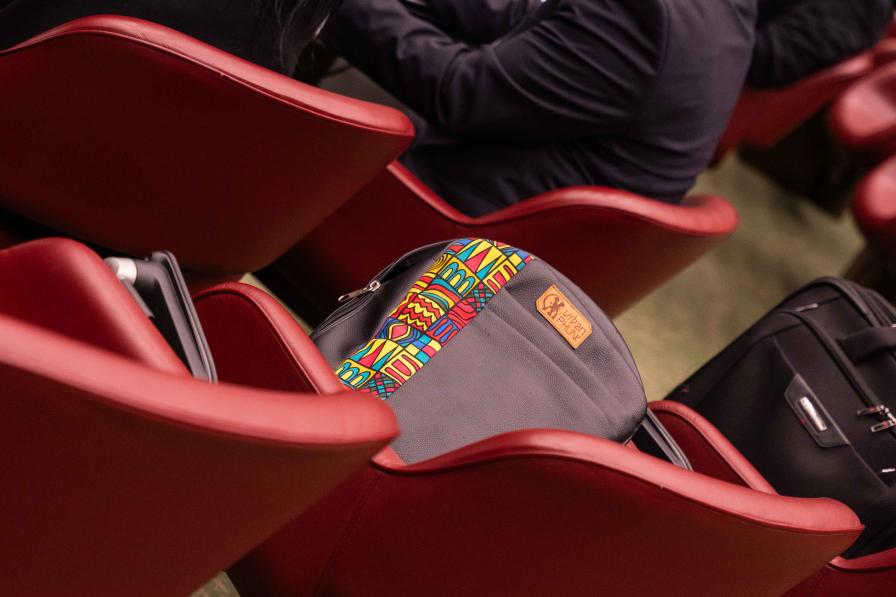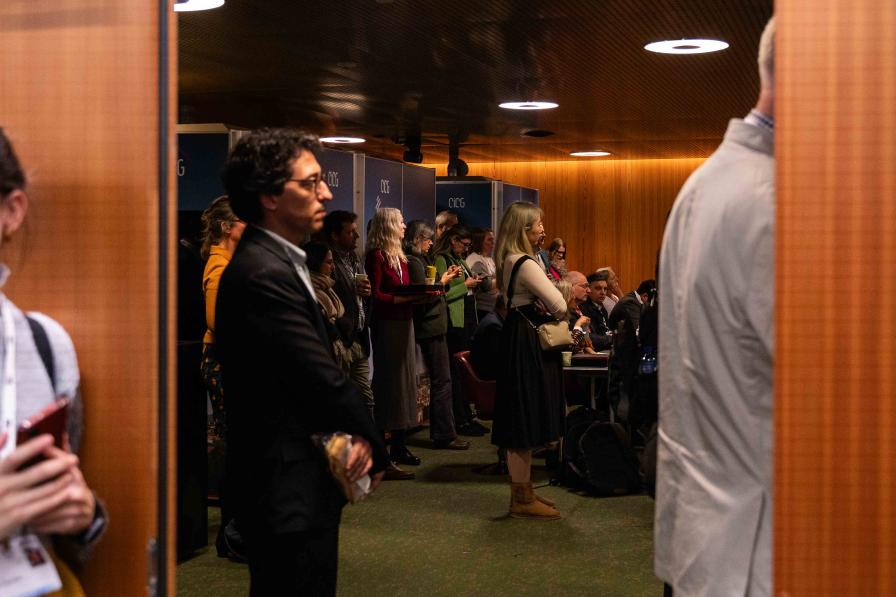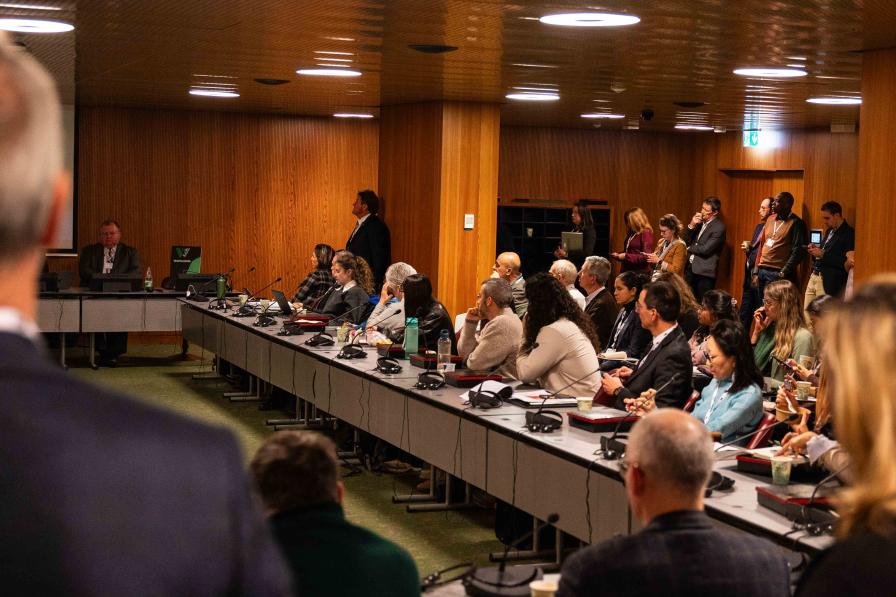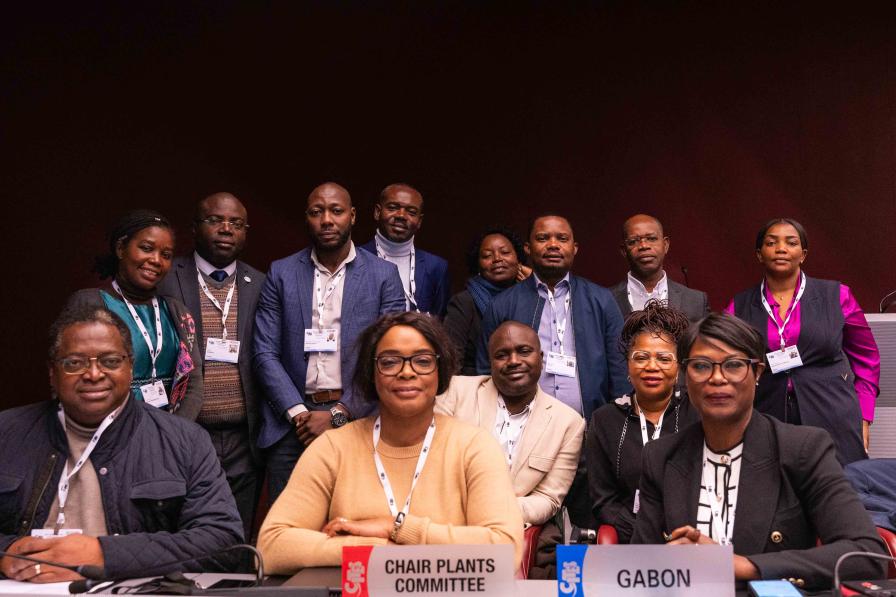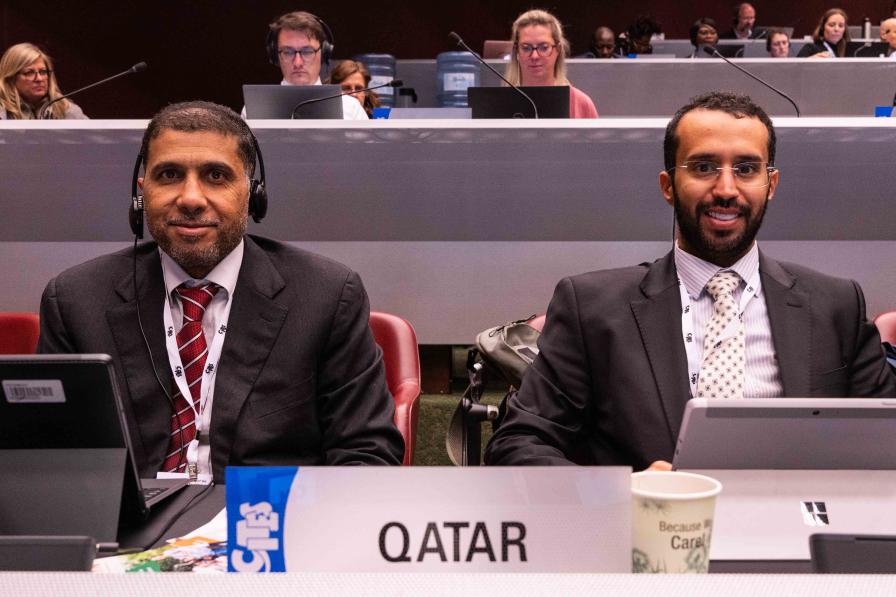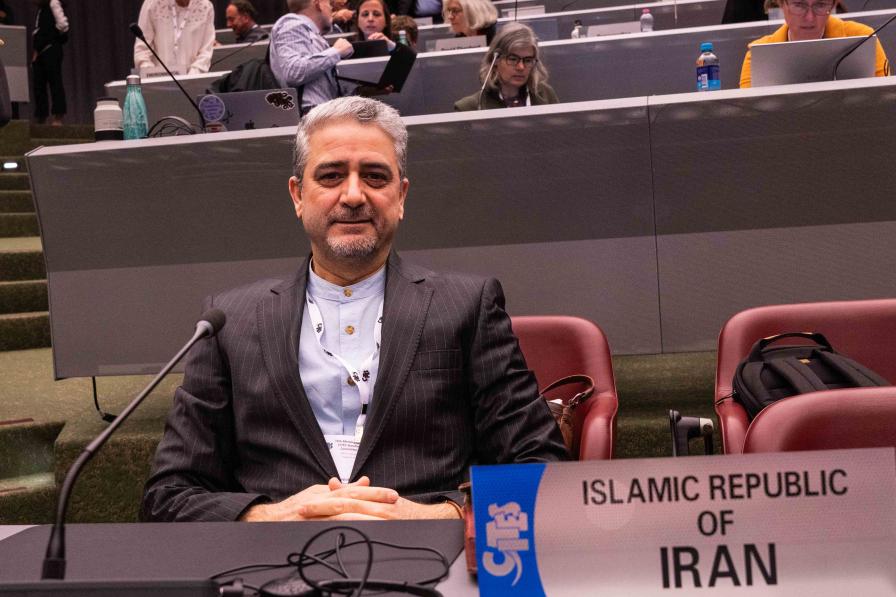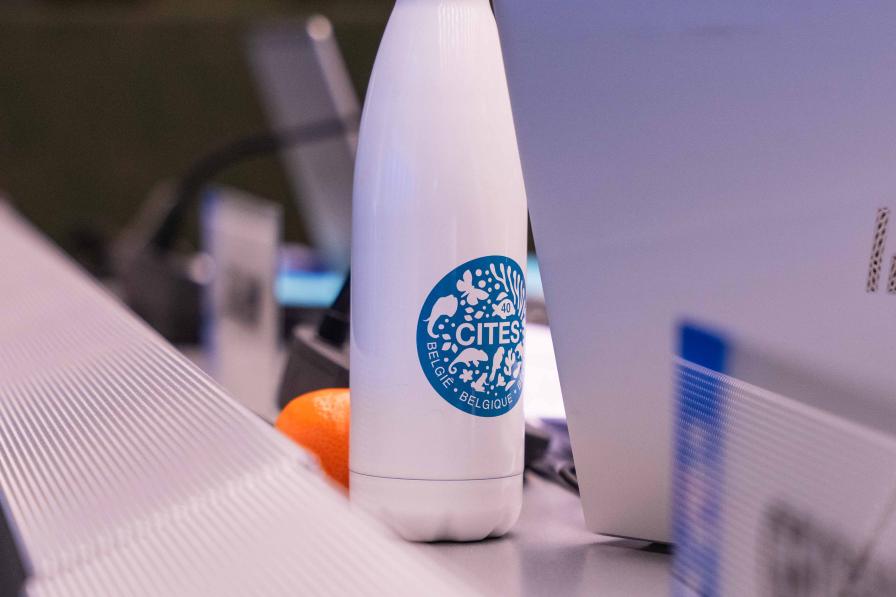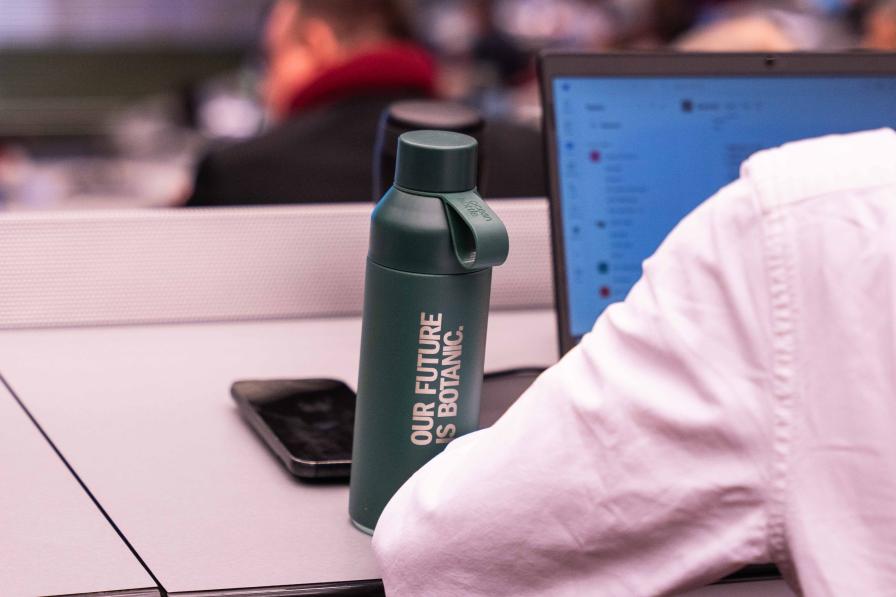At past meetings of the Standing Committee (SC) of the Convention on International Trade in Endangered Species (CITES), the fifth day of deliberations was also the final one. At the 78th SC, delegates faced a mix of frustration tempered by positive developments with one more day to go.
Delegates looked visibly tired as they faced the reality that the agenda was running behind and that even working on a Saturday might not be enough to catch up. The celebration, with cake and singing, of the 90th birthday of Jaques Berney, the first Executive-Secretary of CITES and now representative of an NGO, provided much needed cheer and reflection on a lifetime of work under the Convention.
The conversation around big cats highlighted ongoing challenges, particularly with the illegal trade in cheetahs. Despite years of focus on this issue, there is still a significant gap in efforts to reduce demand, especially for live cubs. Some countries emphasized the importance of avoiding duplication of reporting across different big cat species, hoping for more streamlined and effective measures.
The Asian Big Cats agenda item faced criticisms about the lack of meaningful progress on monitoring and reporting on species like the Asian leopard. Some organizations were disheartened by the outdated reports and low response rates, which suggested little advancement in conservation efforts.
The tortoises and freshwater turtles topic also prompted disappointment, particularly with Madagascar, where there has seemingly been little tangible progress in protecting these critically endangered species. This was underscored by an NGO call for more concerted action to curb illegal trade and influence consumer behavior.
On a brighter note, Kazakhstan reported that the saiga population has made an extraordinary recovery. The near-decimation of the species due to disease and illegal trade was a tragic story, but the country now reports a population of 2.8 million, offering a glimmer of hope. However, concerns were raised about the management of trade and stockpiles.
Although fungi were not specifically excluded during the drafting of the Convention, and in fact the twelfth meeting of the Conference of the Parties (CoP12) said that the Convention does regulate them, the focus has historically been on animals and plants that meet the criteria for listings. This discussion, and the re-entry of fungi in CITES discussions, stems around the growing recognition that some fungi, like certain medicinal or rare species, could potentially face threats from international trade.
The UK raised the issue as part of a broader effort to protect species that may be overlooked, though some countries expressed a skeptical response. One country opposed their inclusion, likely due to concerns about the practicality or necessity of regulating fungi under CITES. On the other hand, some other parties appeared open to assessing individual species on a case-by-case basis, potentially leveraging the expertise of the Animals and Plants Committees and appointing an ad hoc expert to evaluate whether any fungi truly meet the criteria for listing. Since no concrete listing proposal is on the table, however, the exercise is hypothetical for the moment.
By end of day, Chair Gnam had skillfully accelerated the consideration of agenda items and prevented the Committee from dwelling too long on issues that remain unregulated by CITES. As a result, the meeting was able to almost recover the delays accumulated over the week as it heads into its sixth and final day.
To receive free coverage of global environmental events delivered to your inbox, subscribe to the ENB Update newsletter.
All ENB photos are free to use with attribution. For SC 78, please use: Photo by IISD/ENB | Mika Schroder.
